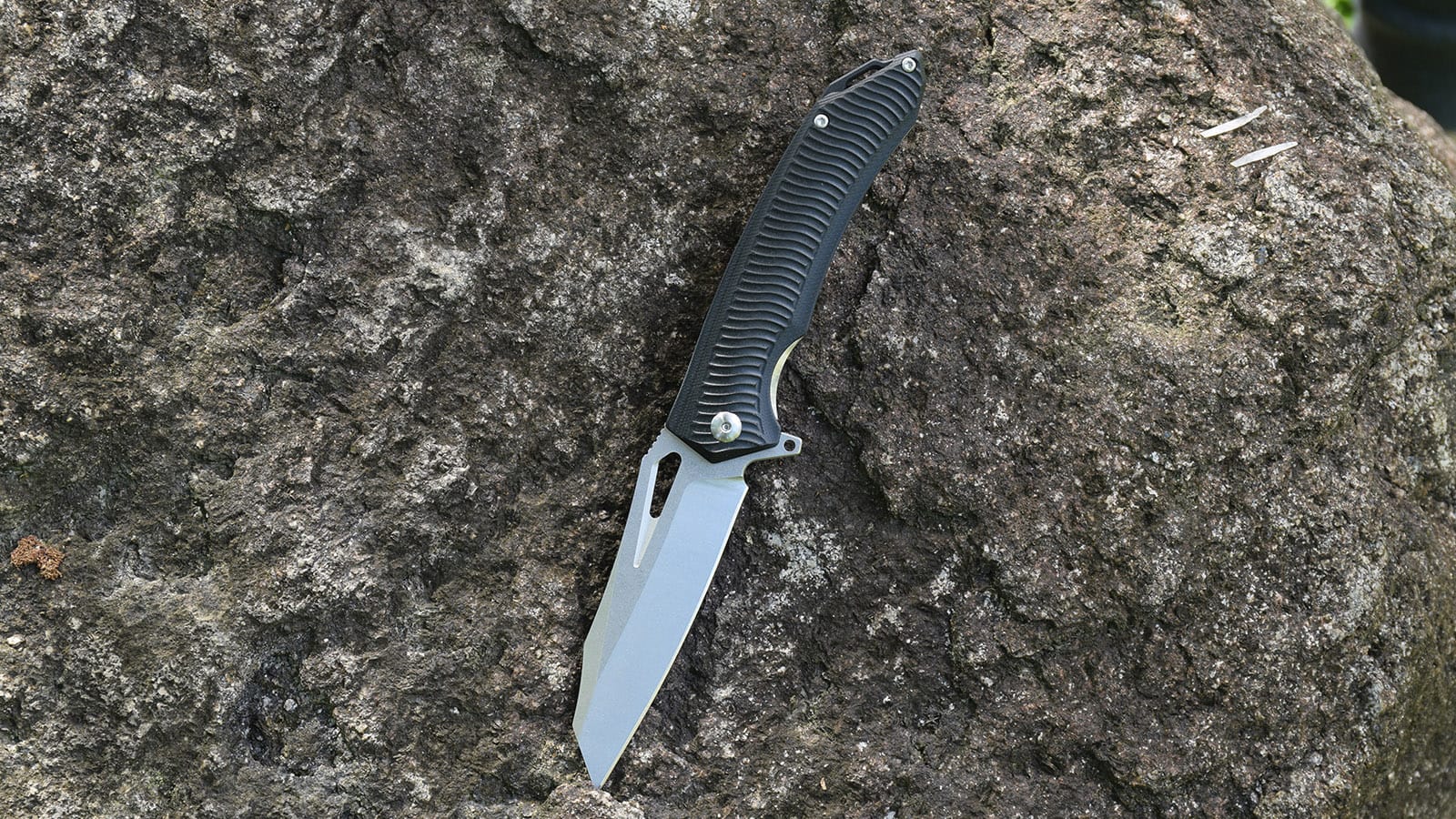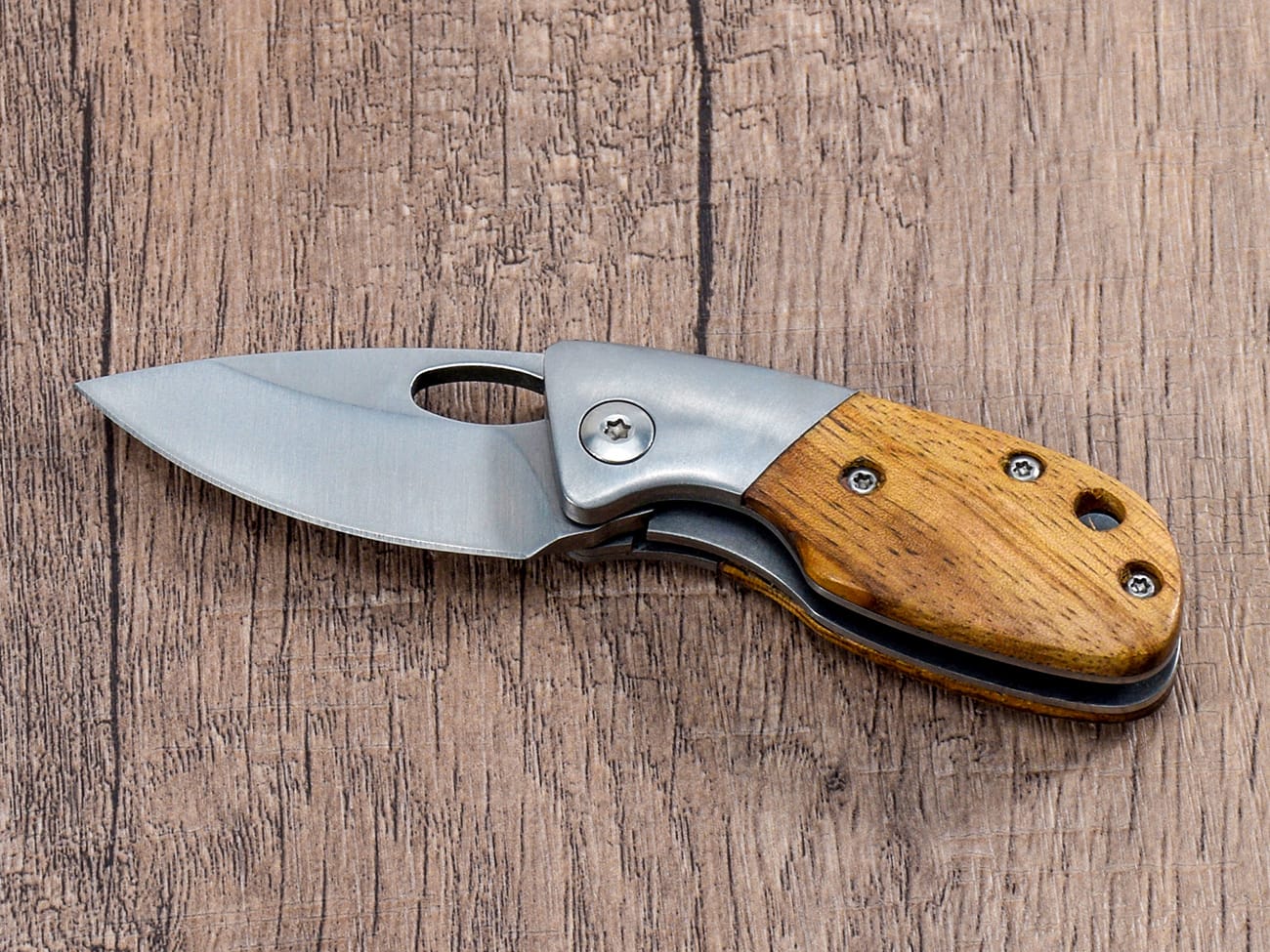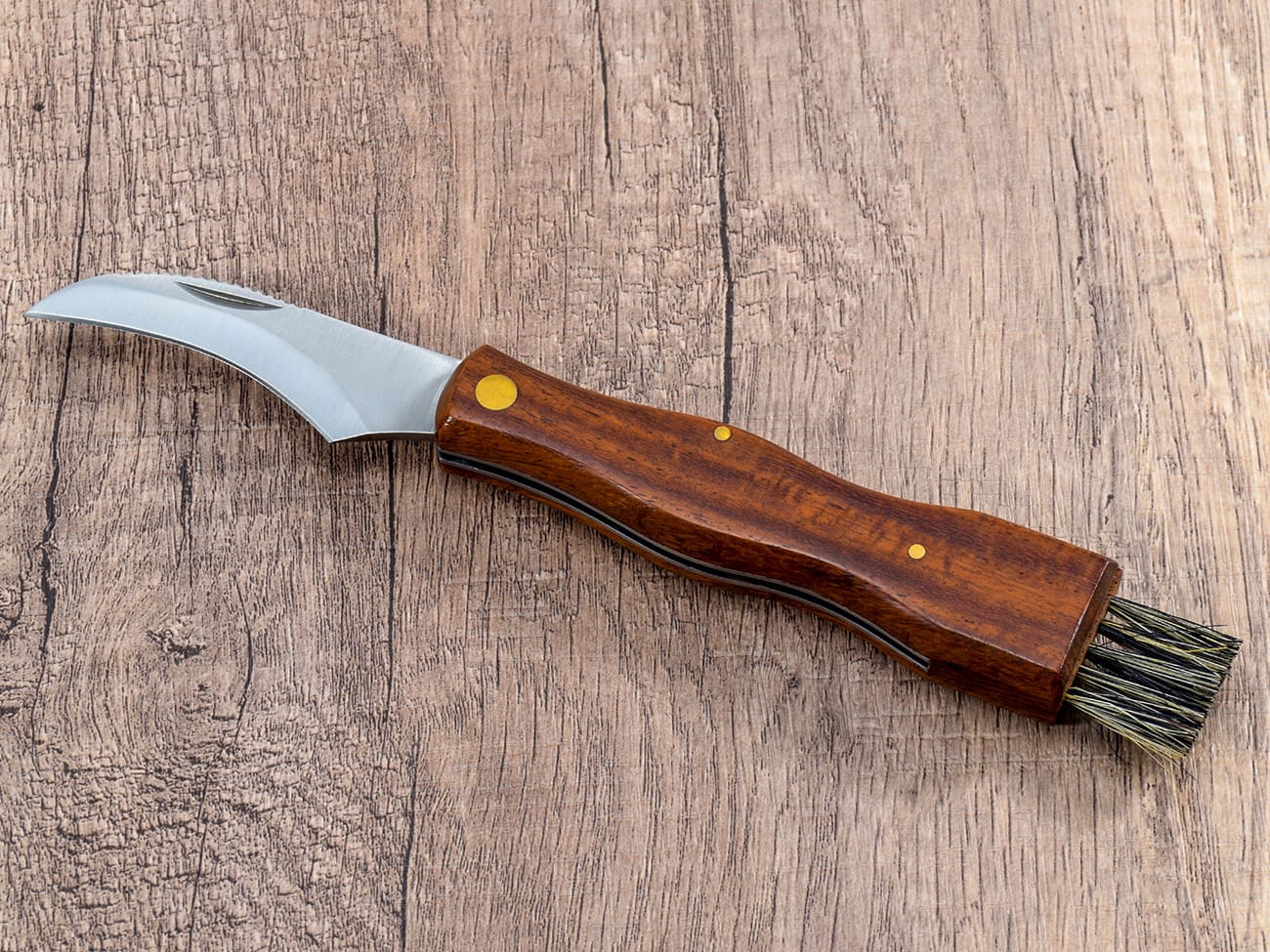Starting a fire with your pocket knife could save your life in a survival situation. Whether you’re an outdoor enthusiast or just want to be prepared, knowing how to make fire with your folding knife is an essential skill. This guide will walk you through various techniques, from traditional methods to modern approaches, helping you master this crucial survival skill.
What Makes a Pocket Knife Suitable for Fire Starting?
A high carbon steel blade is ideal for fire starting. The steel composition affects how well your knife can create sparks when struck against flint or a ferro rod. The spine of the blade, particularly on carbon steel knives, can be used effectively as a striker.
Essential Materials: What Tinder Works Best?
Before you attempt to start a fire with your knife, gathering the right tinder is crucial. Here are some effective natural and man-made options:
- Dry grass
- Cedar bark
- Pine needles
- Cotton balls and vaseline
- Char cloth
- Dryer lint
How Do You Prepare Your Knife for Fire Starting?
To effectively use your folding knife for fire starting, you need to:
- Ensure the blade is clean and dry
- Check that the spine is sharp enough to create sparks
- Lock the blade securely if using a folder
- Position yourself safely for striking

What’s the Best Technique for Using a Knife and Ferro Rod?
When using a knife and a ferro rod to create a spark:
- Hold the ferro rod at a 45-degree angle
- Place the tinder bundle directly beneath
- Use the back of the knife to scrape firmly downward
- Strike with consistent pressure to create sparks
- Direct sparks onto the tinder
How Can You Use Natural Materials with Your Knife?
Finding and preparing natural materials requires skill with your EDC knife. Here’s how to:
- Shave dry bark into fine pieces
- Create wood shavings from dry wood
- Process larger pieces into kindling
- Split wood to access dry interior portions
What Safety Precautions Should You Take?
Safety is paramount when using a knife to start a fire:
- Always cut away from yourself
- Maintain a firm grip on both knife and striker
- Keep fingers away from the striking zone
- Ensure your fire pit is properly prepared
- Have materials ready to extinguish the fire
How Do You Build and Maintain the Fire?
Once your tinder catches, you need to:
- Blow gently with steady breath
- Add smaller pieces of kindling
- Gradually increase to larger pieces
- Build up to forearm-sized wood
- Maintain the heart of the fire
What Are Common Mistakes to Avoid?
Several common errors can prevent successful fire starting:
- Using wet or damp materials
- Striking too softly
- Not preparing enough tinder
- Rushing the process
- Using the wrong angle when striking
Advanced Techniques: Beyond Basic Fire Starting
For those wanting to master fire craft with their pocket knife, consider these advanced methods:
- Using magnesium scrapers
- Creating feather sticks
- Making char cloth
- Combining multiple ignition sources
When Should You Use Different Fire-Starting Methods?
Different situations call for different approaches:
| Condition | Recommended Method | Key Materials |
|---|---|---|
| Wet Weather | Ferro rod + vaseline-soaked cotton | Waterproof tinder |
| Emergency | Magnesium + knife edge | Any dry tinder |
| Practice | Traditional flint + steel | Natural materials |
| Survival | Multiple methods | All available resources |
Key Points to Remember:
- Always carry multiple fire-starting tools
- Practice these skills before you need them
- Keep your knife sharp and well-maintained
- Store tinder in a waterproof container
- Learn to find useable wood in wet conditions
- Master the basics before attempting advanced techniques




